Main information:
Venus Grotto
The Venus Grotto is an artificial dripstone cave, which was built in 1875-77 in only two years. With a length of 90 metres and a height of up to 14 metres, it is the largest artificial cave of the 19th century – constructed for the sole use of King Ludwig II. For him it was an interactive stage which gave him the near-perfect illusion of being in an opera scene or a distant place. The stage set of the Venus Grotto is from Act I of the opera ‘Tannhäuser’ by Richard Wagner, the composer supported by Ludwig, and was designed precisely according to Wagner’s stage directions. It is also based on the famous Blue Grotto on the island of Capri. Although the king had never actually visited this, he was familiar with it from travel descriptions, paintings and opera scenes and found it fascinating.
In 1878–1881 the grotto was fitted with electric lighting, which was ultra-modern at the time. Exchangeable glass discs were used to illuminate the grotto in various colours: red for the Venus mountain scene, Ludwig’s favourite colour blue and further colors. With illusion technology that was highly innovative in its day, the Linderhof Grotto is an impressive example of the 19th-century quest for the perfect synthesis of the arts.

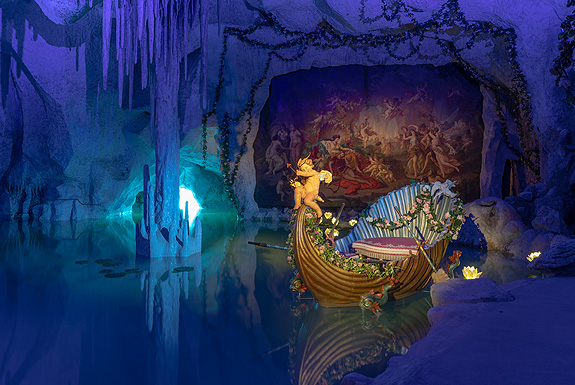
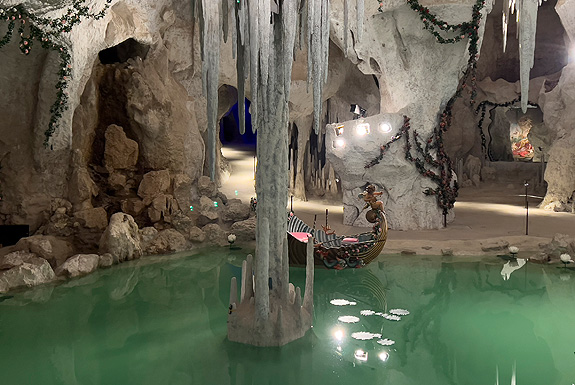
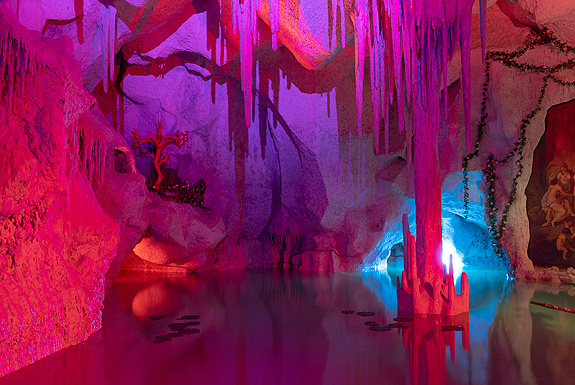
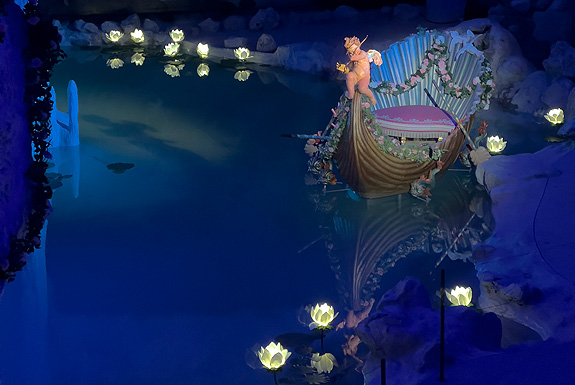
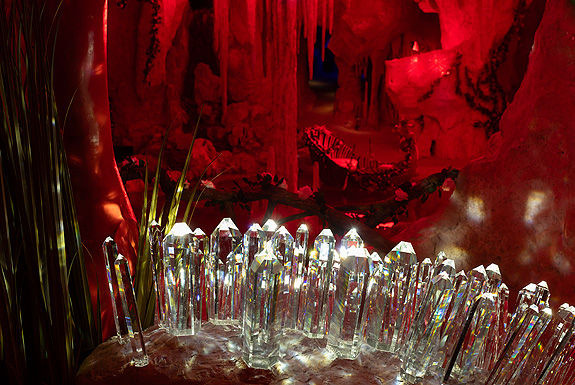

Facebook Instagram YouTube